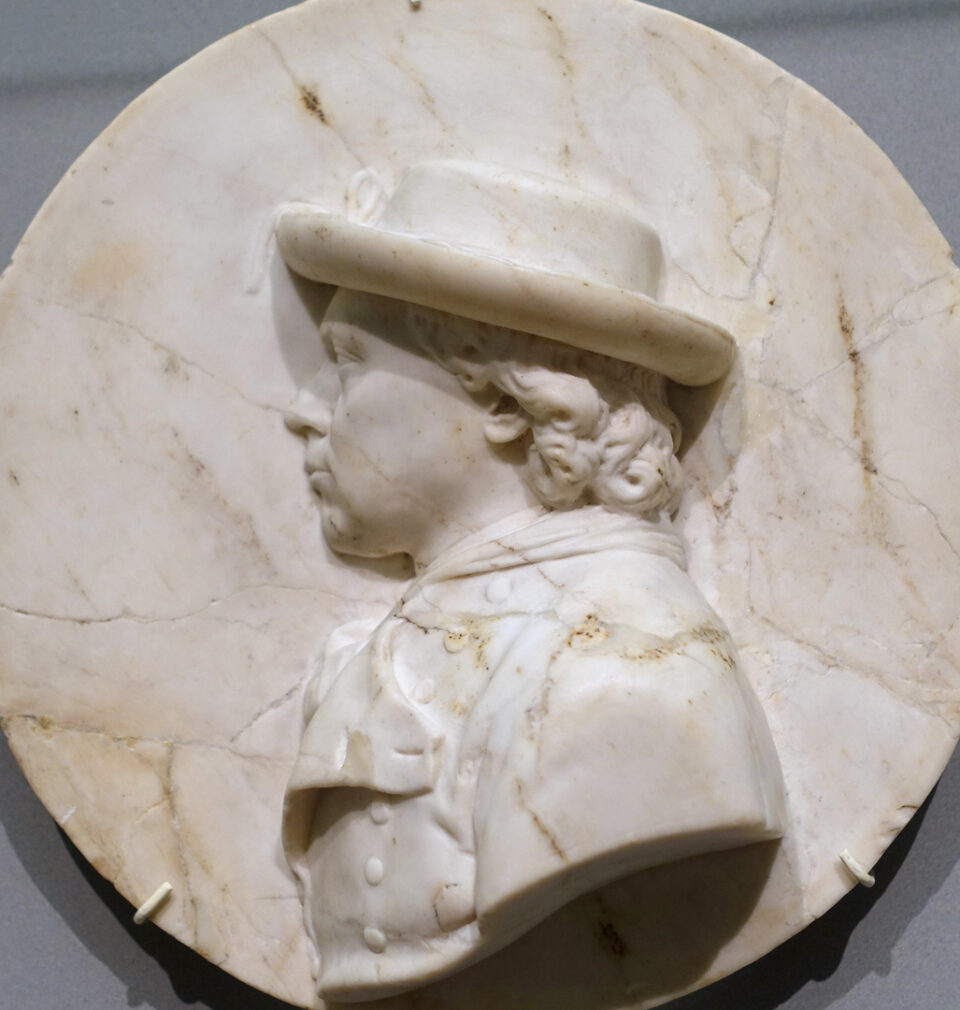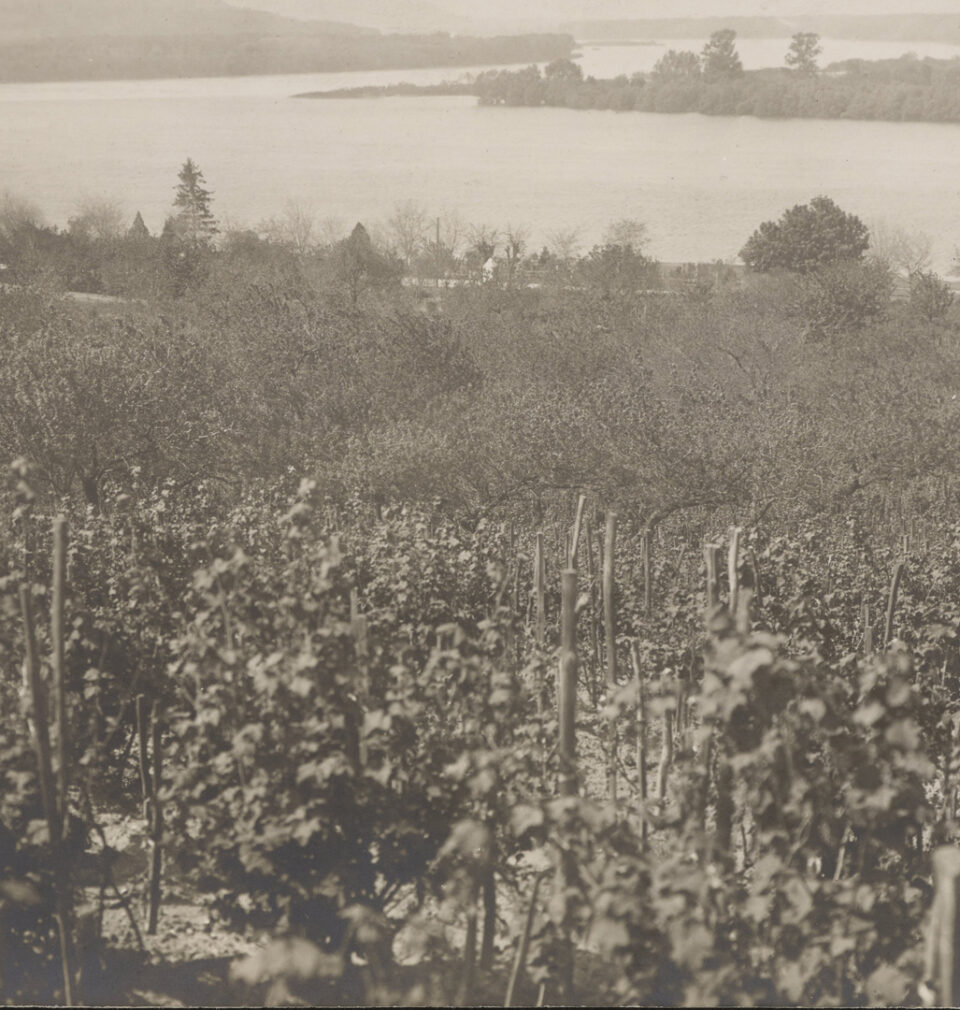
Słowacja - Slovensko - Slovakia
Messerschmidt – A Forgotten Artist?
Publication: 14 October 2021
TAGS FOR THE ARTICLE
TO THE LIST OF ARTICLESThe sculptor Franz Xavery Messerschmidt deserves a prominent place among Central European artists from the late-18th century. He deserves recognition for the quality of his work and the ability to follow the changes in aesthetic views in his epoch. But Messerschmidt transcends the horizons of his era, within which all his contemporaries functioned, in his Characters.
Bratislava occupied a special place in the life and work of this artist. Only here did he find an environment which allowed him to achieve artistic maturity and favourable working conditions – most of his Characters were created in this city.
He was born on December 6th 1736 in the German mountain city of Wiesensteig, between Stuttgart and Ulm. On his mother’s side he belonged to the extensive Straub family of sculptors, whose members worked in various Central European cities. He revealed an artistic talent early on and learned the sculptural craft in the workshops of his uncles, first in Munich and then in Graz. He lived in Vienna in 1755, where he entered the Academy of Fine Arts. After graduating, he stayed in the city and became one of the leading representatives of Viennese art, especially highly estimated as a portraitist. In the works commissioned by the Imperial Court, one can see deliberate references to late Teresian Rococo, although after a study trip to Rome in 1765, he already started to show classical inclinations. The most important works from this early period of his career are larger-than-life sculptures of the ruling couple, Maria Teresa as the Hungarian Queen and Franz I of Lorrain as the German Emperor.
The most fertile period in Messerschmidt’s life was 1768-1770. He bought a house in Vienna, where he had an atelier, and he started to lecture at the Academy of Fine Arts. But his life suddenly took a strange turn. Instead of successes, we constantly hear about illnesses, very aggressive behaviour and financial problems stemming from a lack of commissions. In 1774 he was refused tenure at the Academy, awarded to another sculptor by Maria Teresa; Messerschmidt was dismissed and received a small pension. The main reason for this situation was “some confusion in the head”, which had allegedly haunted him for three years.
The offended artist rejected the pension and tried to recover his position using his own devices, although all in vain. A year later, he gave up, sold everything he still had in Vienna and returned to his native Wiesensteig. Shortly afterwards, however, he left the town for Munich, where he had a promised job and commissions. But this all came to nothing. In the summer of 1777, he moved in with his younger brother Johann, a sculptor in Bratislava. He stayed there for three years and then bought a house in the Zuckermandel suburb, where he lived with a servant. On August 19th 1783 he died in this house after a short illness, probably pneumonia. We do not know where his grave was located in the cemetery near the footsteps of the castle.
Messerschmidt’s decision to settle in Bratislava proved beneficial in many ways. He managed to find commissions and live an independent life in accordance with his expectations in this prosperous city. But these expectations often collided with the conventional outlook of the people around him. Especially his “heads” with horribly distorted faces, which he constantly produced, provoked amazement and terror. No one commissioned them and Messerschmidt did not offer them to anybody. They were anonymous; titles were given to them after the artist’s death and it was also then that the – incorrect – name of the whole cycle of 59 works appeared, known today as Characters. Messerschmidt started to work on them in Vienna, and for the last 13 years of his life they were his main preoccupation. Characters also provoked the interest of Enlightenment activists, which is why the numerous guests in Messerschmidt’s house tried to learn something about these sculptures. In 1781 the guests included the Berlin columnist Friedrich Nicolai. According to him the artist felt threatened by supernatural beings. To protect himself from these beings, he invented a special system of proportions, which changed the expression of the faces. The sculpted heads with distorted faces were not only to protect him, but also to preserve the magical proportions he had “discovered”. Nicolai did not succeed in learning anything specific about the meaning of particular heads. Only in two cases (a face with a lip stretched out like a beak) did Messerschmidt reveal to Nicolai that they represented a hostile ghost which he managed to overcome in a life and death struggle.
Nicolai’s information was not always unreservedly accepted, but all hitherto attempts at a different interpretation of Characters have not been convincing. If we take his words at face value, the sculptures belong to a great group of apotropaic (intended to ward off evil) art. The artist, probably mentally disturbed, used them to rescue his identity and to protect himself from the threat of sliding into insanity. The extremely dramatic circumstances in which these works were created intensify their expressive force, which still captivate the viewer today.
Copyright © Herito 2020



